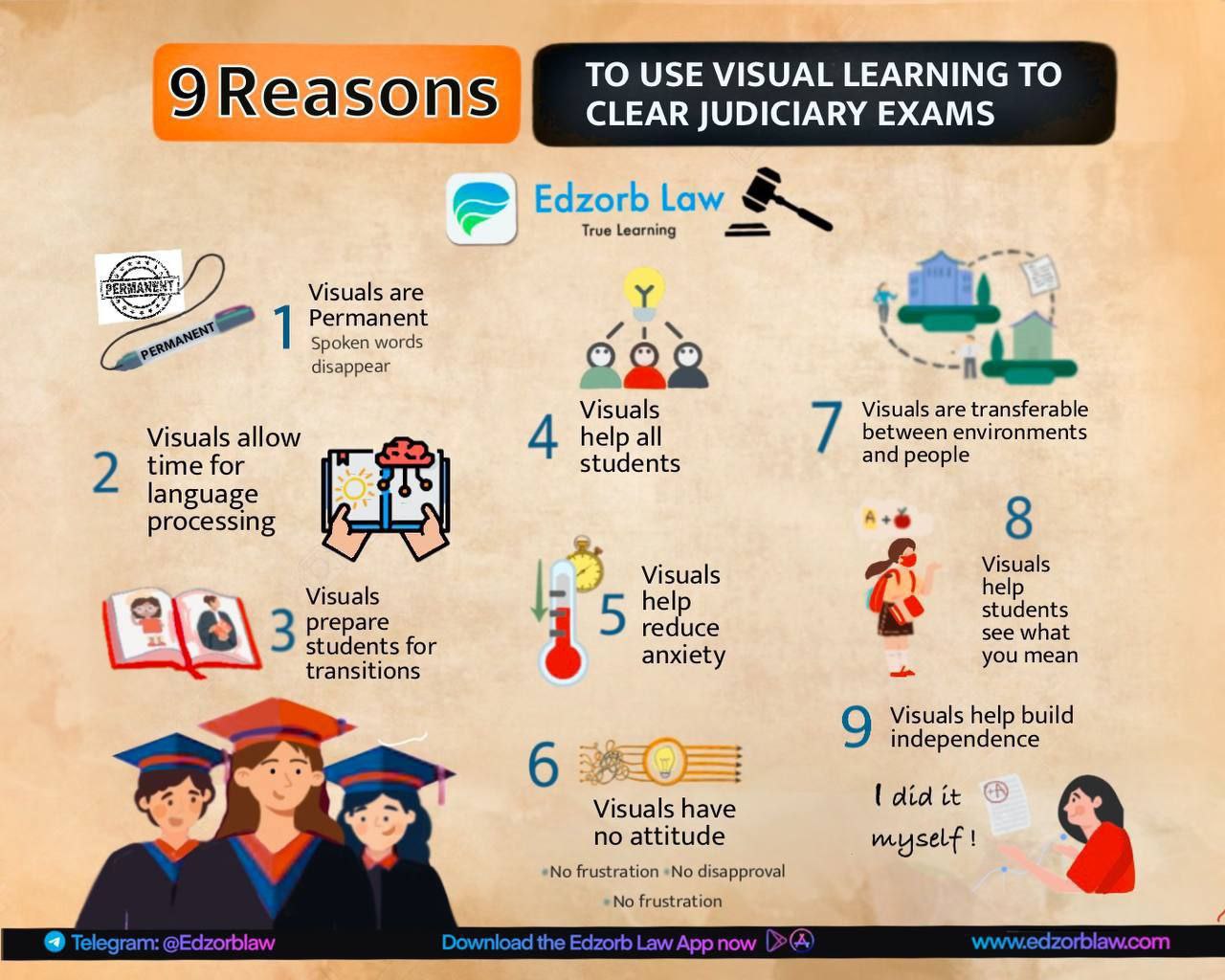The Transfer of Property Act, 1882 is a cornerstone of property law in India, governing property transactions such as sale, lease, mortgage, and gift. Whether you’re involved in property dealings or preparing for the judiciary exams, understanding this Act is crucial.
This legislation provides a clear framework for conducting property transactions fairly and within the law, ensuring protection for all parties involved. In this guide, we’ll explore the key sections of the Transfer of Property Act that you must know for both practical application and exam success.
1. The Definition of Transfer of Property: Understanding the Basics

What is Transfer of Property?
Section 5 of the Act defines the transfer of property as an act where a living person conveys property, either in the present or future, to another living person, or to themselves and others.
Example: If A sells a house to B, that’s a Transfer of Property.
This fundamental concept sets the stage for all property transactions, ensuring that they are clear, legal, and fair.
2. Types of Property: Movable Vs Immovable
Immovable Property
- Includes land, buildings, and anything fixed to the ground.
- These are subject to stricter regulations and formalities in transfers.
Movable Property
- Includes vehicles, furniture, jewellery, and anything not fixed to the ground.
- The laws governing movable property transfers are generally more flexible.
Understanding this distinction is key to applying the correct legal framework for different types of property transactions.
3. Who Can Transfer Property?
Eligibility to Transfer Property
Section 7 specifies that anyone competent to contract and entitled to transferable property can transfer property.
- This includes individuals who are of sound mind, above legal age, and have ownership of the property.
Example: A, who owns a car, can transfer its ownership to B.
Those legally incapable, like minors or mentally unfit individuals, cannot transfer property.
4. Transfer by Unauthorized Persons: The Risks
When Unauthorized Transfers Happen
Section 43 addresses situations where a person fraudulently claims they have the right to transfer property they don’t own.
- If a person transfers property they don’t own (say, A sells B a property that’s not theirs), the transfer may still be valid if A later acquires the property.
This provision ensures that the buyer is not unfairly penalized for unknowingly purchasing from an unauthorized seller.
5. Conditions Restraining Alienation: What You Can and Can’t Do

Restraints on Transfer
Section 10 restricts conditions on property transfers.
- For instance, if you transfer property with the condition that it cannot be sold to anyone else, that condition is void.
Example: If A transfers property to B with the condition “B cannot sell it to anyone else,” that condition doesn’t hold in court.
This section ensures property owners retain their right to transfer property freely without unnecessary restrictions.
6. Transfer of Property: Present or Future?
Timing of the Transfer
Section 6 allows for both present and future transfers.
- Property can be transferred immediately (present transfer) or at a later time (future transfer).
Example: A can transfer ownership of a car to B right away, or agree to transfer it after a certain period (like after 6 months).
This flexibility accommodates both immediate and planned transfers of property. immovable prop…
7. Vested Vs Contingent Interests: The Importance of Timing
Types of Interests
In property transfers, there are two types of interests:
- Vested Interest: A fixed interest in property, certain to become possessory.
- Contingent Interest: Depends on a specific event occurring.
Example:
- Vested: A transfers property to B for life, and then to C after B’s death; C has a vested interest.
- Contingent: A transfers property to B, provided B marries C; B’s interest depends on the marriage.
Understanding the timing of when interests become vested or contingent is crucial for property law.
8. Doctrine of Notice: Know Before You Buy
Importance of Notice
Section 3 defines notice in property law.
- If someone is aware of a fact or should have known it through reasonable inquiry, they are considered to have notice of it.
Example: If B buys property from A without knowing A already sold it to C, B is still responsible if they didn’t do reasonable checks.
This protects honest buyers by ensuring they are aware of property transactions before they proceed.
9. Transfer of Property by Will: What Happens After Death
Wills and Codicils
Section 74 links property transfer to a will or codicil (an addition to a will).
- The transfer becomes effective once the formalities set by the Indian Succession Act, 1925 are followed.
Example: A leaves his property to B in his will, and upon A’s death, the transfer becomes effective.
Understanding the formalities for wills is critical to ensure the smooth transfer of property after death.
Conclusion: Mastering the Transfer of Property Act, 1882
The Transfer of Property Act, 1882 forms the foundation for property transactions in India, from the sale of land to the lease of buildings. By mastering its sections, such as sale, mortgage, lease, and alienation restrictions; you’ll gain a comprehensive understanding of property law in India.
Whether you’re preparing for exams or involved in real estate transactions, this Act is indispensable for navigating property law.
Want More Tips and Tricks to Crack Property Law Exams?
Dive deeper with Edzorb Law for expert guidance, practice papers, and comprehensive study resources. Let us help you master the Transfer of Property Act and excel in your property law exams!

 Podcast
Podcast








 Features
Features






